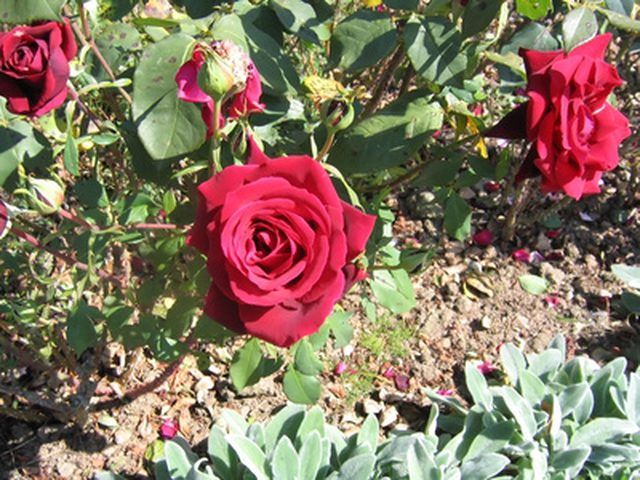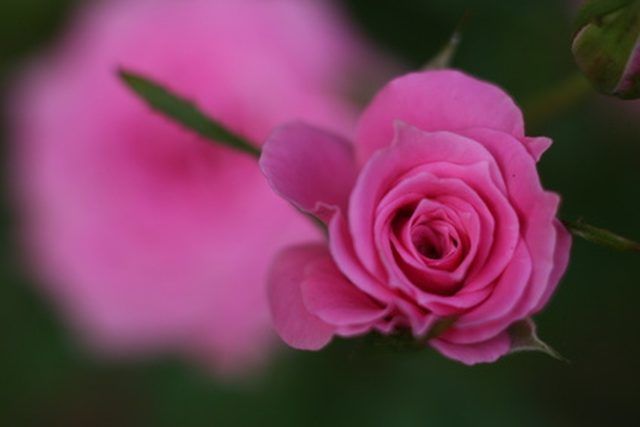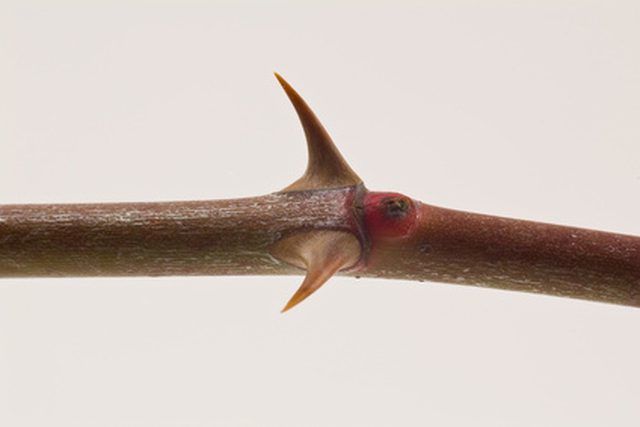Bulbs
Flower Basics
Flower Beds & Specialty Gardens
Flower Garden
Garden Furniture
Garden Gnomes
Garden Seeds
Garden Sheds
Garden Statues
Garden Tools & Supplies
Gardening Basics
Green & Organic
Groundcovers & Vines
Growing Annuals
Growing Basil
Growing Beans
Growing Berries
Growing Blueberries
Growing Cactus
Growing Corn
Growing Cotton
Growing Edibles
Growing Flowers
Growing Garlic
Growing Grapes
Growing Grass
Growing Herbs
Growing Jasmine
Growing Mint
Growing Mushrooms
Orchids
Growing Peanuts
Growing Perennials
Growing Plants
Growing Rosemary
Growing Roses
Growing Strawberries
Growing Sunflowers
Growing Thyme
Growing Tomatoes
Growing Tulips
Growing Vegetables
Herb Basics
Herb Garden
Indoor Growing
Landscaping Basics
Landscaping Patios
Landscaping Plants
Landscaping Shrubs
Landscaping Trees
Landscaping Walks & Pathways
Lawn Basics
Lawn Maintenance
Lawn Mowers
Lawn Ornaments
Lawn Planting
Lawn Tools
Outdoor Growing
Overall Landscape Planning
Pests, Weeds & Problems
Plant Basics
Rock Garden
Rose Garden
Shrubs
Soil
Specialty Gardens
Trees
Vegetable Garden
Yard Maintenance
Why Do Rose Bushes Have Thorns?
Why Do Rose Bushes Have Thorns?. Roses are the most popular flower in the world, and are highly valued and admired for their beauty and significance. Roses come in an array of colors which can express heartfelt feelings of love, admiration, sadness and other emotions. Unfortunately, roses have thorns that grow out of their stems as protection...

Roses are the most popular flower in the world, and are highly valued and admired for their beauty and significance. Roses come in an array of colors which can express heartfelt feelings of love, admiration, sadness and other emotions. Unfortunately, roses have thorns that grow out of their stems as protection against predators, but they make it difficult to handle them at times.
Misconceptions about Roses
You might think that all roses have thorns. Actually roses are divided into classes or families. Each division has different characteristics. Some roses have large thorns, some small, and some have no thorns at all. Some roses have been bred specifically so they will not have thorns. Not all roses are fragrant nor do they take the same amount of care. There are over one hundred varieties of roses.

Rose Terminology
Technically speaking, roses do not have thorns, but they do have prickles. A prickle is a superficial spine-like outgrowth from the stem. On the other hand, thorns are a branch of a plant that has become hard, woody, and pointed. Locust trees and cactus plants have thorns, but roses do not have thorns. The prickles on a rose do not develop from branch tissue, so it should technically be called a prickle instead of a thorn.
Benefits of Prickles
Some roses are very fragrant, colorful, sweet and attract all kinds of creatures. For thousands of years, roses have had prickles (thorns). Prickles serve as a protection for these beautiful flowers from rodents and other animals that may eat or harm them. You can imagine that if there were absolutely no prickles on the roses, humans would not hesitate smelling, touching and picking them. Some roses would not grow as hardy and beautiful as they do since they have prickles.

Philosophical Significance
Philosophers like to compare the rose and its thorns to the human condition. A German proverb suggests that instead of complaining that the rosebush is full of thorns, be happy the thorn bush has roses. A common belief about why roses have thorns is that the difficulties or thorns we have in our lives can make us stronger.
Nearly Thornless Roses
Certain types of roses have fewer prickles or thorns than others. These rose bushes are particularly useful in gardens for children, for the elderly or where the roses are close to walkways. Roses from the class Polyantha tend to have thorns on the older and lower parts of the bush while the new growth has none.